The following February 2017 article from Adriana Beltrán entitled ‘Children and Families Fleeing Violence in Central America’ was produced by the Washington Office on Latin America (WOLA). The article formed part of WOLA’s ‘Beyond the Wall: Migration, Rights and Border Security’ initiative which addresses the impact of the Trump administration’s policies with fact-based analysis and alternatives.
I am grateful to Adriana for permission to reproduce the article for this website. I encourage readers to visit the WOLA website at: https://www.wola.org
The Department of Homeland Security has started to put the wheels in motion on President Trump’s executive orders on immigration—and they will put the lives of thousands of Central American children and families in danger.
On February 21 [2017], the White House announced new guidelines for immigration policies. The memos lay out instructions for how US law enforcement agencies should implement the forceful executive orders that President Trump signed on January 25 on immigration enforcement within the United States and at the border.
The guidelines specifically call for parents of unaccompanied minors to be prosecuted for human smuggling or trafficking. This will deal a blow to thousands of families across the country, threatening parents who were attempting to unify their families and save their children’s lives. Between 2015 and 2016, over 180,000 children and families fleeing violence in Central America were apprehended at the US-Mexico border.
Less tangibly, these new guidelines also signal to immigration and border agents to be even more hesitant in determining who has established enough “credible fear” to gain asylum. There were already a number of hurdles for migrants to get asylum status, and with these latest memos, it will likely be much more difficult.
Being denied refugee status or being deported can be a death sentence, as one of the key factors driving large numbers of Central Americans to leave their communities is violence. The countries of the Northern Triangle—El Salvador, Guatemala, and Honduras—continue to be plagued by endemic levels of crime and violence that have made many communities extremely dangerous, especially for children and young adults.
In 2015, El Salvador’s murder rate increased dramatically, reaching a level of violence not seen since the end of the country’s civil war. The 70 percent increase in the homicide rate over 2014 followed the unraveling of a truce between rival gangs and an aggressive crackdown by security forces that has spurred concerns about extrajudicial executions and other human rights abuses. The National Civilian Police (Policía Nacional Civil, PNC) registered 5,728 murders in the country in 2016, making it the second consecutive year with over 5,000 recorded murders in El Salvador’s recent history.
In neighboring Guatemala and Honduras, homicide levels have decreased overall, but both remain among the world’s most violent countries not at war. This is not to say that every neighborhood throughout the region is comparable to a war zone. Yet there are many communities, both urban and rural, where the fear and threat of violence is extremely grave.
These homicide statistics are just one measure of the pervasive violence impacting many marginalized communities in the three countries. Extortion is widespread, with small businesses, the public transportation sector, and poor neighborhoods being the most heavily hit. It has been estimated that Salvadorans pay more than US$390 million a year in extortion fees, while Hondurans pay around $200 million and Guatemalans an estimated $61 million. Failure to pay can result in harassment, violence, or death.
Family and domestic violence is also a factor in the decision to migrate for many women and children. El Salvador, Honduras, and Guatemala are some of the most dangerous countries to be a woman, with female homicide rates among the highest in the world. Guatemala’s Public Prosecutor’s Office (Ministerio Público) reported receiving over 50,000 cases of violence against women in 2013, of which only 983—about 2 percent—culminated with a prison sentence for the aggressor. In more than 76 percent of cases received by the police in the same year, the perpetrator was reported to be either living with (29.5 percent), the husband of (29 percent), or the ex-partner of (18 percent) the female victim. The situation of domestic violence is similar throughout the region. In Honduras, 471 women were killed in 2015—one every 16 hours. And in El Salvador, there have been nearly 1,100 cases of domestic violence and over 2,600 cases of sexual violence in 2016. With the constant threat of violence and abuse in the Northern Triangle, many women and children choose to venture north in search of safety.
Understanding the Roots of Violence and Insecurity
Violence and insecurity in the Northern Triangle comes from many sources. In recent years, Central America has become one of the main transshipment routes for illicit drugs making their way to the United States. Local ‘transportistas,’—drug-smuggling operations doing the bidding of transnational drug trafficking cartels—contribute to violence in rural areas, particularly in border areas, and are in large part responsible for the rampant levels of corruption and the erosion of the justice and security systems.
Violence and insecurity are also largely due to the proliferation of local street gangs or maras that impact every aspect of life in the neighbourhoods and communities they control. While many well-to-do neighbourhoods remain safe, in many poorer communities, gangs enforce curfews, control entry into their neighbourhoods, and impose their own rules. Children and young men are often threatened or pressured to join the gangs, while young women often experience sexual assault or abuse at the hands of gang members, forcing many to drop out of school or relocate.
Children and families are not just seeking refuge across borders, as evidenced by the numbers of internally displaced persons (IDPs) in the region. According to the Internal Displacement Monitoring Centre, an estimated 714,000 people from the Northern Triangle were internally displaced as a result of conflict and violence, as of the end of 2015. In El Salvador, the organisation reports that 289,000 people—nearly five percent of the population—are internally displaced due to violence.\
A Lack of Economic Opportunity
Compounding the problem of violence in these countries is the lack of economic security. It is estimated that 60 percent of those living in rural areas in the Northern Triangle live in poverty. For the past few years, the region has been experiencing the most severe drought in decades, which has threatened the livelihoods of over 2.8 million people in El Salvador, Guatemala, and Honduras. This drought has been especially devastating in rural communities, and for subsistence farmers and day labourers. The lack of adequate rainfall in the so-called ‘dry corridor’ has resulted in significant crop failures and loss of income. It has exacerbated economic and food insecurity in already vulnerable populations.
In addition, more than one million people in the Northern Triangle countries are neither in school nor employed. Commonly referred to as ninis, there are 350,000 in Guatemala and 240,000 in El Salvador. Honduras has the highest rate of ninis in Latin America, with 27.5 percent of young people out of school and without employment. The inability to find a job, advance through education or support themselves through self-employment or farming, compels many young Central Americans to leave their homes and communities.
Weak Democratic Institutions
These problems fester because the governments of the Northern Triangle countries have been unable to effectively address the problems of rampant crime and violence, or to pursue economic strategies that would generate stable jobs and opportunities. A major part of this problem has been weak, corrupt and underfunded state institutions. Many victims of violence often find no protection from the authorities. The majority of police forces are underfunded, plagued by poor leadership, and sometimes complicit in criminal activity. Efforts to purge and reform the civilian police forces have made limited progress, enabling the infiltration and co-optation by criminal groups.
Among the Northern Triangle countries as a whole, the statistics on prosecutions are appalling. Salvadoran daily La Prensa Gráfica reported in 2014 that throughout the Northern Triangle, impunity rates for homicides reached approximately 95 percent on average (95 percent in El Salvador, 93 percent in Guatemala, and 97 percent in Honduras). This means that 19 out of every 20 murders remain unsolved, and that the chances of being caught, prosecuted, and convicted for committing a murder are practically nil. The 2015 Global Impunity Index ranked El Salvador as the country with the eighth highest rate of impunity in the world, while Honduras was ranked seventh.
Addressing the Problem
There is no magic solution to the endemic violence, poor governance, and poverty in the Northern Triangle. These are difficult problems that will require a comprehensive, long-term strategy. Unless these factors are addressed, families and children will continue to flee their communities. The United States and other donors need to work with Central American governments, where they are willing, to address the root causes that are driving migration. This means:
- Expanding evidenced-based, community-level programmes to reduce youth crime and violence, reintegrate youth seeking to leave the influence of street gangs and criminal groups, and protect children who have suffered violence. Evidence suggests that investing in prevention initiatives that bring together local community groups, churches, police, social services, and government agencies can make a difference in reducing youth violence and victimization.
- Support robust programmes to enhance transparency and accountability and address the deep-seated corruption that hinders citizens’ access to basic services, weakens state institutions and erodes the foundations of democracy. International and independent anti-impunity and anti-corruption commissions, such as the International Commission against Impunity in Guatemala (Comisión Internacional contra la Impunidad en Guatemala, CICIG) and the Mission to Support the Fight against Corruption and Impunity in Honduras (Misión de Apoyo contra la Corrupción y la Impunidad en Honduras, MACCIH), can play a crucial role in tackling corruption and organised crime and building domestic investigative capacities.[1]
- Focus security-related funding on strengthening civilian law enforcement and justice institutions and making these institutions more accountable and transparent. Programming should be directed toward bolstering policing capacity overall (such as internal and external control mechanisms, police investigation techniques, recruitment and training, etc.), rather than targeting resources to specialized vetted units and other programmes that may achieve short term objectives but have little impact on improving broader law enforcement institutions. Attention should also be given to strengthening the independence and capabilities of prosecutors and judges. Indicators of success should include measures of progress on these institutional issues.
- Targeting development assistance to support evidenced-based job training, job creation and education programmes that focus on at-risk youth in targeted communities. Support should also be provided over a sustained period to small-scale agriculture, including marketing and technical assistance, to improve rural communities’ ability to provide livelihoods for their citizens.
- Ensuring that local communities and civil society organisations are systematically consulted and involved in the design and evaluation of programmes. The meaningful participation of local groups can help make sure that donor efforts are having a sustainable impact in the communities at risk of violence and out-migration.
The Need for Commitment on the Ground
At the same time, addressing the root causes of migration requires the Central American governments to do their part. El Salvador, Guatemala, and Honduras must demonstrate a sound commitment to supporting reforms to strengthen public institutions, tackle corruption, and protect human rights. They must also increasingly assume the financial burden that is needed to transform their countries through fiscal reforms, improving tax collection, and insisting that their elites pay their fair share.
The problems are daunting and will not be resolved overnight. But commitment and political will matter tremendously. In Guatemala, for example, the appointment of a courageous and effective advocate as attorney general led not only to prosecutions in high profile human rights and organised crime related cases, but to internal reforms that improved management, made prosecutors’ caseloads more manageable, and led to a doubling in homicide conviction rates in the Department of Guatemala. The continuation of reform efforts by the successor has resulted in unprecedented results in the fight against corruption and impunity in the country.
The US$750 million in assistance appropriated by the US Congress for Central America for fiscal year 2016 was a positive step forward. The aid package more than doubles the previous level of assistance to the region, while expanding the US agenda from a narrow, security-oriented approach to one that seeks to strengthen institutions and invest in economic development.
Notably, the package also includes a series of strong conditions on combating corruption, increasing transparency and accountability, strengthening public institutions, and protecting human rights. Ensuring that assistance is strategically targeted, wisely invested and properly implemented will determine whether the new strategy is effective in addressing the dire conditions in the countries of the Northern Triangle. Better information on the specific objectives, aid levels, and programmes in each country, as well as progress indicators being used and how outcomes are being defined, will allow for greater ability to assess whether or not US assistance is achieving the desired results. In addition, ensuring that the conditions placed on the funds are being met will help gauge the commitment of the Central American governments.[2]
[1] [Commentary added by Martin Mowforth] Readers should note that the MACCIH’s formation with the guidance of the Organisation of American States (OAS) was under the control of the Honduran government (of President Juan Orlando Hernández) rather than being independent of the government in the way that the CICIG in Guatemala was, and remains. This is a significant difference. In Guatemala, the CICIG, formed under the auspices of the United Nations, was designed to investigate and prosecute corruption within government agencies and institutions. In Honduras, the government of Hernández has itself passed through numerous corruption scandals with few consequences. As Bertha Oliva de Nativi (Director of COFADEH) says of the MACCIH: “What we do have is a MACCIH which … we have seen is largely silenced.” For further evidence of the inadequacy of the MACCIH, the reader is referred to an article entitled ‘Honduran Congressional Corruption’ that will be entered into this website next month (March 2018).
[2] [Commentary added by Martin Mowforth] Despite WOLA’s rather upbeat note about aid levels from the US government, it must be remembered that the US government has a history of directing its aid through anti-democratic (and occasionally clandestine) agencies such as the National Endowment for Democracy which tends to funnel funds to economically neoliberal and politically right-wing causes.
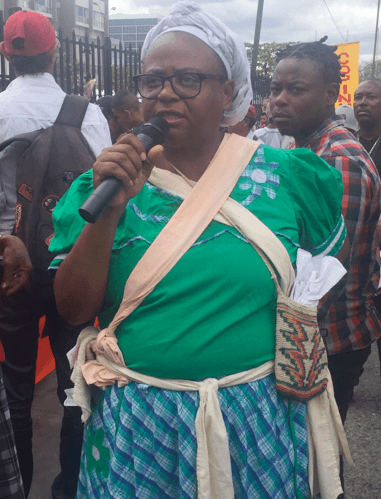
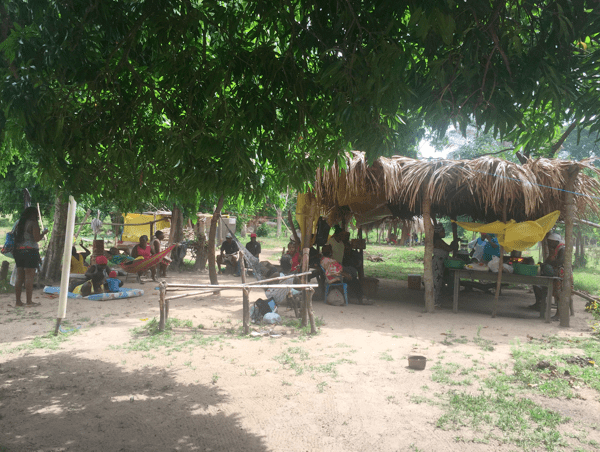
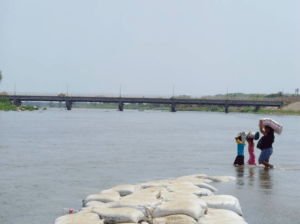
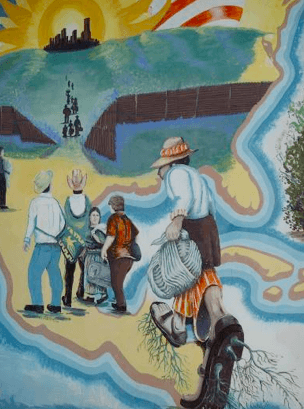

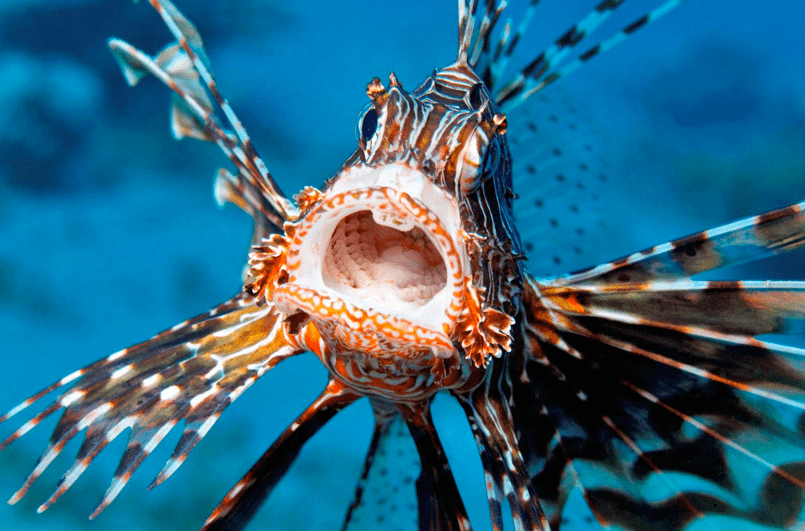
 A paper by Cobián-Rojas and Schmitter-Soto (2018 in the International Journal of Tropical Biology) reports on the results of research with the title given above. The two protected marine areas in which the study was carried out were the Guanahacabibes National Park (Cuba) and the Xcalak Coral Reefs (Quintana Roo, Mexico); and the study carried out visual censuses of fish species in coral reef habitats during both dry and rainy seasons in 2013 to 2015.
A paper by Cobián-Rojas and Schmitter-Soto (2018 in the International Journal of Tropical Biology) reports on the results of research with the title given above. The two protected marine areas in which the study was carried out were the Guanahacabibes National Park (Cuba) and the Xcalak Coral Reefs (Quintana Roo, Mexico); and the study carried out visual censuses of fish species in coral reef habitats during both dry and rainy seasons in 2013 to 2015.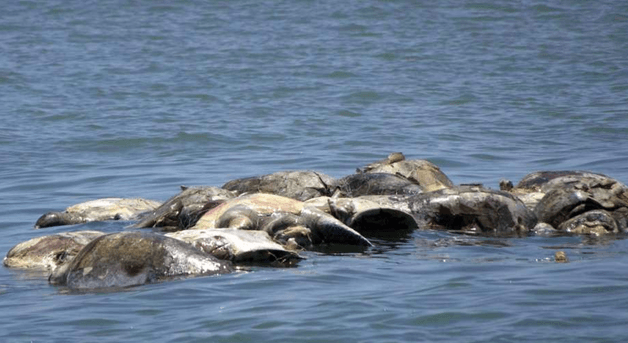
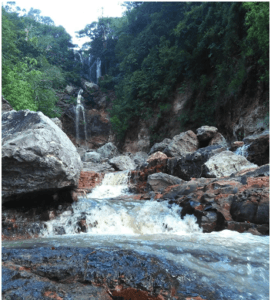 Paris, 10 July 2020 — UNESCO’s Executive Board has approved the designation of 15 new UNESCO Global Geoparks, which brings the number of sites participating in the Global Geoparks Network to 161 in 44 countries.
Paris, 10 July 2020 — UNESCO’s Executive Board has approved the designation of 15 new UNESCO Global Geoparks, which brings the number of sites participating in the Global Geoparks Network to 161 in 44 countries.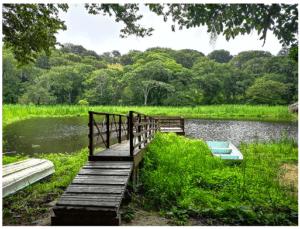 Located in the north of Nicaragua, Río Coco is part of the volcanic Central Mountainous Chain featuring a landscape of rolling hills and plains with small valleys. The elevated and broken topography of the area offers lookout points and panoramic views of a range of ongoing tectonic phenomena, in a landscape of wetlands, highland springs and cloud forests. The territory is home to three emblematic trees: the almond tree of ‘Tere Armijo’, the Branded Guapino tree, and the 500-year-old Golden Ceiba, sacred for the Mayan people. The area has a rich history, marked by Taguzgalpa heritage, with numerous pre-Hispanic settlements and a few examples of cave art. Spanish conquistadors established the Cuje gold mines in Río Coco and built the parish church of Santa María de Magdalena in Totogalpa (18th and 19th centuries).
Located in the north of Nicaragua, Río Coco is part of the volcanic Central Mountainous Chain featuring a landscape of rolling hills and plains with small valleys. The elevated and broken topography of the area offers lookout points and panoramic views of a range of ongoing tectonic phenomena, in a landscape of wetlands, highland springs and cloud forests. The territory is home to three emblematic trees: the almond tree of ‘Tere Armijo’, the Branded Guapino tree, and the 500-year-old Golden Ceiba, sacred for the Mayan people. The area has a rich history, marked by Taguzgalpa heritage, with numerous pre-Hispanic settlements and a few examples of cave art. Spanish conquistadors established the Cuje gold mines in Río Coco and built the parish church of Santa María de Magdalena in Totogalpa (18th and 19th centuries).